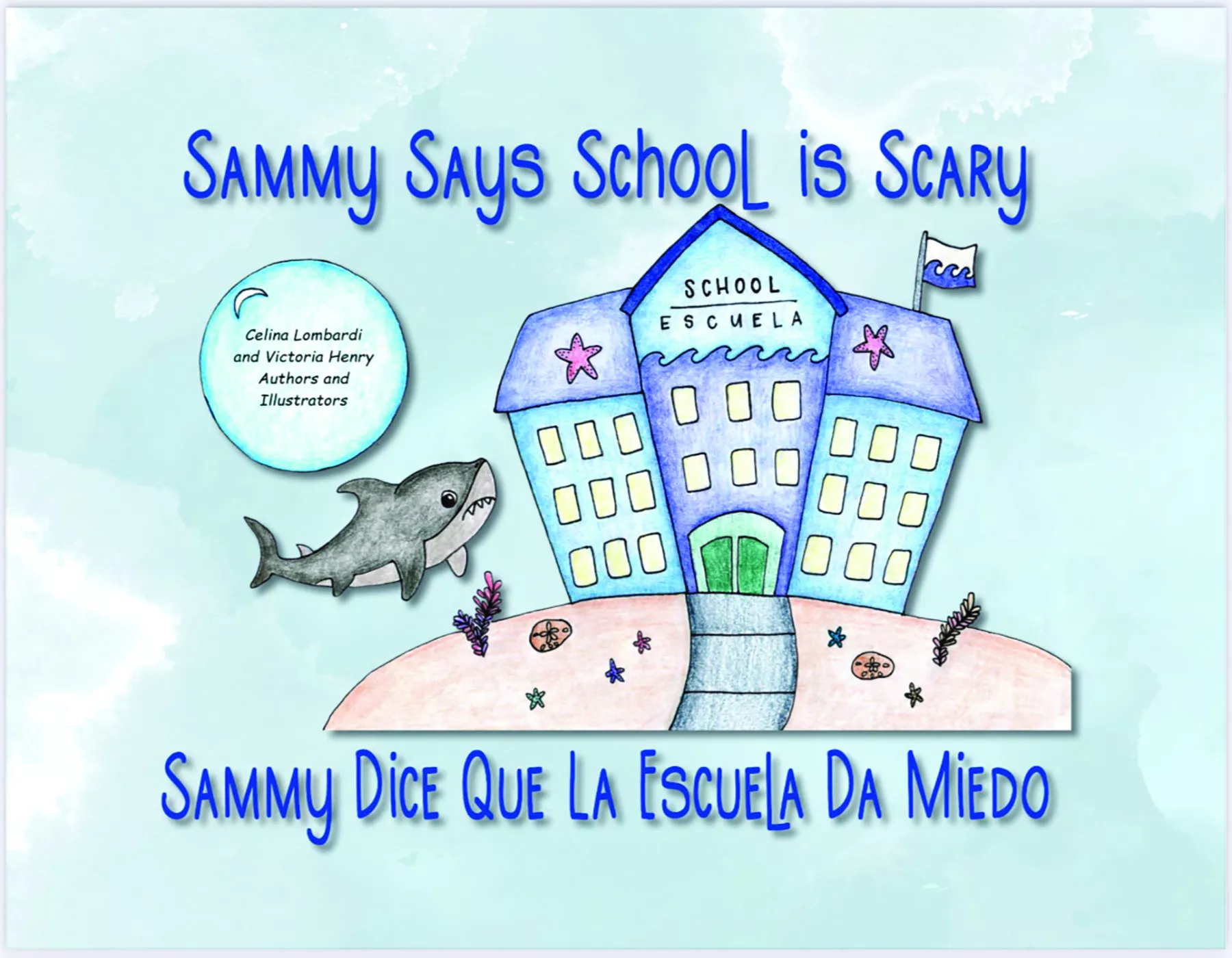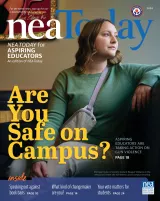Ever wonder what else you could squeeze into your schedule between classes, work, and so much “adulting”? Celina Lombardi and Victoria “Tori” Henry, students at Delaware Technical Community College, in Georgetown, somehow found time to write an award-winning children’s book, too!
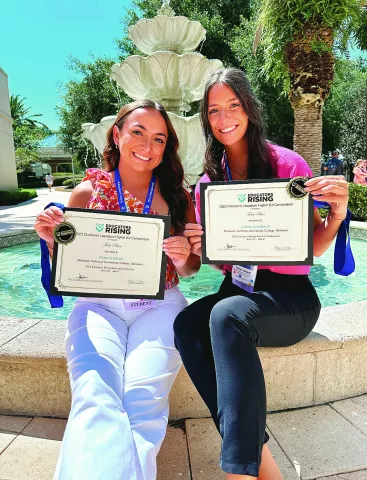
The best friends met in high school, at Sussex Tech, in Georgetown, while participating in Educators Rising, a program that helps students in grades 7–12 explore careers in education. An NEA partner, the program recruits diverse, creative, and competent young people into the teaching profession.
Creativity does indeed run deep with Lombardi and Henry. They each wrote their first children’s book while still in high school and entered them into the Educators Rising statewide competition. Both placed first in their respective categories!
Now in college together, the pair decided to combine their literary talents.
A Fishy Fable
Lombardi and Henry started collaborating on the new book with three ideas in mind: There would be an underwater theme; the characters would be gender neutral; and the story would appeal to younger audiences
To reach as many students as possible, the book would be written in English and Spanish.
The co-authors’ inspiration? Their experiences as education majors. The friends had both visited classrooms shortly after pandemic restrictions were lifted and saw many students dealing with social anxiety.
“There were kids who didn’t know how to make friends and were nervous to raise their hand in class,” Lombardi recalls in an interview with her school’s magazine, Delaware Tech.
From these concepts and experiences, Sammy Says School Is Scary came to life.
The authors bounced ideas off each other and then co-wrote and co-illustrated the story.
“Writing a book was already in our repertoire of skills,” Lombardi says. “So we wrote the entire story in a day!”
“Sammy” is a shark who navigates his first day back to school without his bubble—a metaphor for students returning to school without masks. Along Sammy’s journey, he meets other species of underwater animals, like Ollie the octopus and Skye the seahorse.
Each of these new friends teaches Sammy important lessons. Skye, for example, is visually impaired and teaches Sammy about blindness. And all of the characters’ names are gender neutral, so readers can decide for themselves what gender each sea animal should be.
“Ultimately, Sammy learns that everyone is unique, … and that’s what makes everyone special,” Lombardi says.
By the end of the book, Sammy has made many friends and learns that it’s not so bad to be without his bubble.
The Big Splash
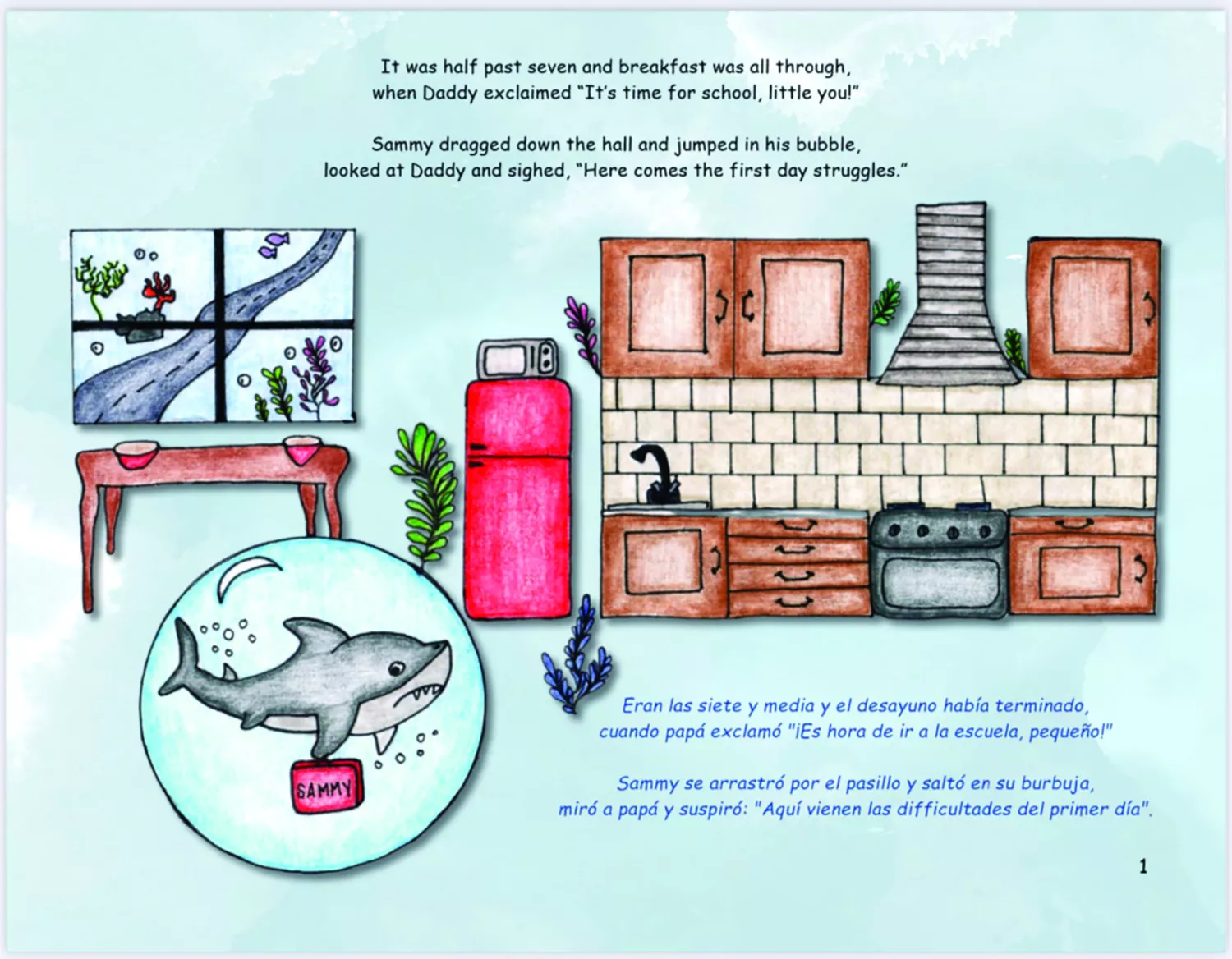
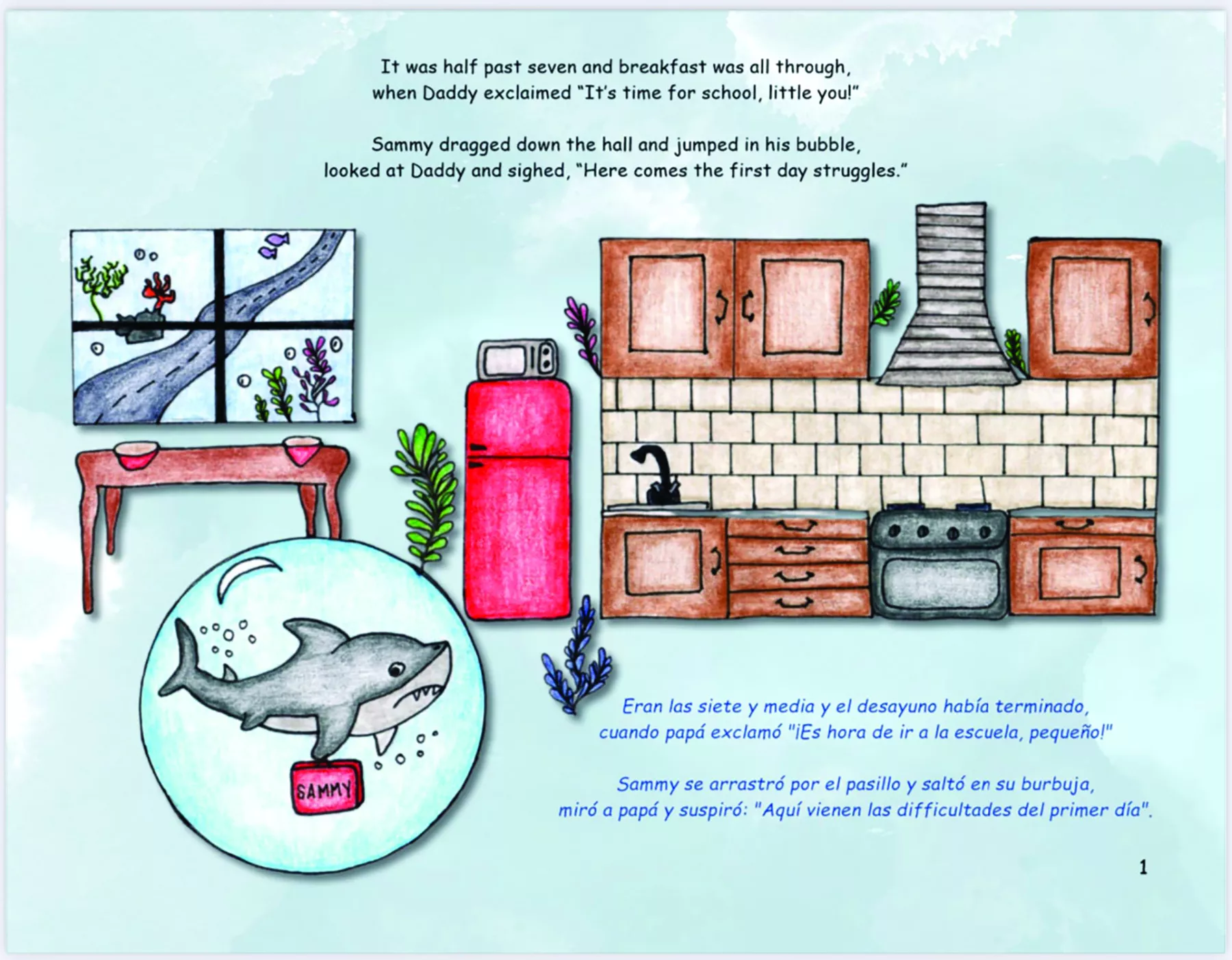
The authors chose to make their protagonist a shark because many children view the animal as ferocious and unsafe.
In reality, sharks are not as scary as they are made out to be—just like returning to school without a mask.
In March, Lombardi and Henry won gold in the Children’s Literature Collegiate category at the Delaware Educators Rising Conference.
Then they advanced to the national competition, in Orlando, Fla., in June. They won first place!
And the duo is not done with Sammy yet. The next step for the authors is to get their book published.
“We have been self-publishing, and with that we’ve sold over 300 copies so far,” Henry says. “That’s just us printing them out and locally distributing them.”
Now in their last year of college, the friends already have a plan for their next book and have set their sights once again on the 2024 National Conference.
Have a book idea? Here’s what you need to know.
To find advice for aspiring children’s book authors, NEA Today's Janet Rivera Mednik talked with Nancy Feresten, publisher of What on Earth Publishing—home of What on Earth Books and Britannica Books—which specializes in children’s nonfiction. Feresten has more than 25 years of publishing experience. Here are her words of wisdom for first-time authors:
1. How do you get started if you have an idea for a children’s book?
There is a wonderful organization, the Society of Children’s Book Writers and Illustrators, which holds conferences and workshops for newcomers. Taking writing classes and/or finding a writer’s group can also be helpful.
2. What’s the difference between traditional publishing and self-publishing?
In traditional publishing, the author is supported by a big team of people—editors, book designers, marketing and publicity specialists, and salespeople. On the other hand, it can be hard to find a publisher, and you will make only 5–10 percent of the money the buyer pays for the book. Self-publishing is a perfectly reasonable option for some authors. It’s as easy as writing the book, laying it out, and uploading it to a sales platform. Plus, you get to keep most of the money that comes in. If you have a strong social media presence or another platform where you can speak to a lot of people, self-publishing can work well.
3. If you want to go the traditional publishing route, is an agent required? And how would a new writer find one?
Some publishers won’t look at your proposal unless you have an agent. Agents can also sometimes get you a slightly better financial deal (though they charge you a commission, usually 15 percent of whatever you make). LiteraryMarketplace.com does a great job of maintaining lists of agents and publishers that review unsolicited manuscripts.
4. What’s the best way to pitch an idea to a publisher?
Do some online research to find publishers that put out books like yours. For example, do they specialize in picture books, young adult fiction, or nonfiction? When you find a publishing house that seems like a fit, summarize your book and give a brief biography of yourself. Tell the publisher if there’s a successful book that’s similar to yours: For example, “It’s the 21st century answer to The Very Hungry Caterpillar, but with sea animals.”
Tell them why you think parents, teachers, librarians, or gift-givers would be likely to buy it. Is it part of a trend, or is it important in the curriculum for a specific age group? Or do you have a personal story that will elevate the book?
Also say what you would do to help promote your book. If it’s a picture book, attach the full manuscript. If it’s a longer book, include an outline and a couple of chapters.
Then be sure to follow up periodically. Editors and publishers are extremely busy, so don’t assume that if you haven’t heard back, they’re not interested. A reminder may help move up your pitch in their stack of proposals.
Find a community of children’s book writers
You can network, find illustrators, and attend workshops through the Society of Children’s Book Writers and Illustrators.

